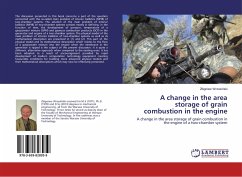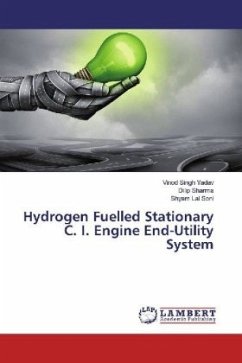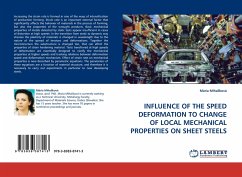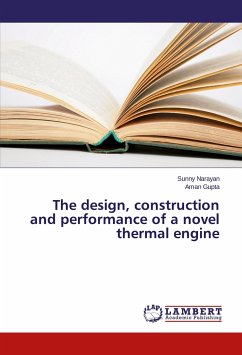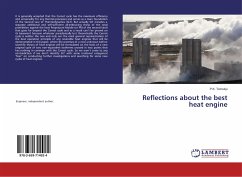The discussion presented in this book concerns a part of the question connected with the so-called main problem of interior ballistics (MPIB) of two-chamber systems. The solution of the main problem of interior ballistics (MPIB) of two-chamber systems consists mostly in defining, in the function of time, the development of pressure, temperature of a gas/powder mixture (GPM) and gaseous combustion products (GCP) in the generator and engine of a two-chamber system. The physical model of the main problem of interior ballistics of two-chamber systems as well as its mathematical description are presented in [1] and [2]. This part of the physical model and its mathematical description which relates to the flow of a gas/powder mixture into the engine when the membrane in the generator is ripped is the subject of the present discussion. It is quite a different, alternative approach when compared to the existing ones. It has been adopted as a result of encouragement provided by rapid development of modern computation technology equipment creating favourable conditions for building more advanced physical models and their mathematical descriptions which may now be effectively presented.

